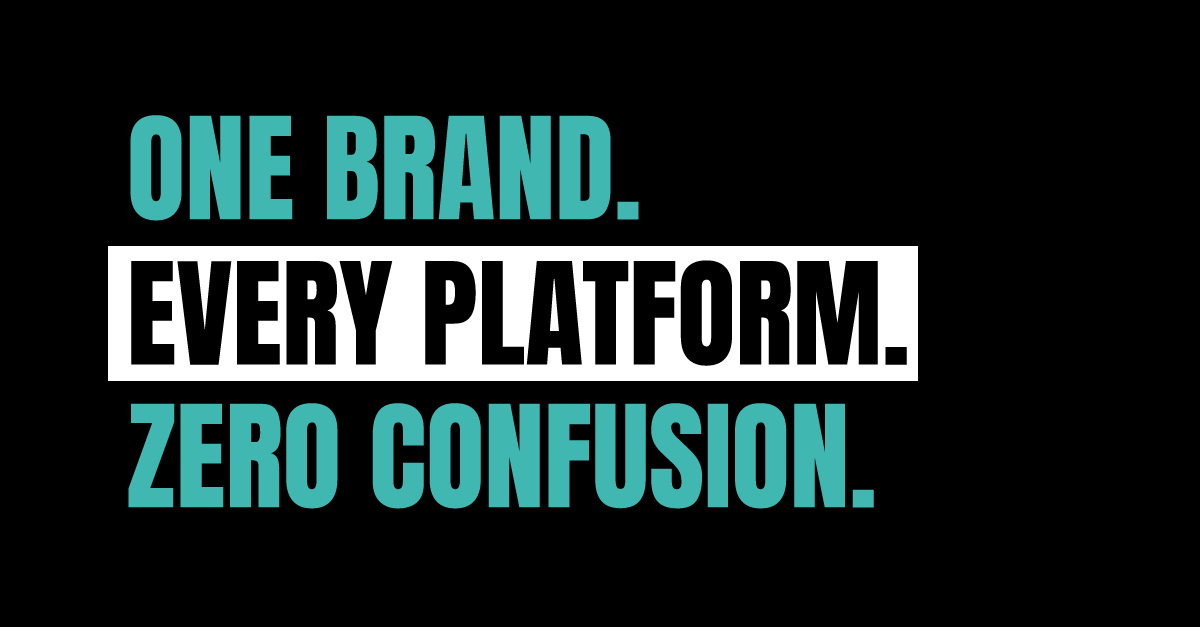Understanding the Impact of Brand Inconsistency
Brand inconsistency can lead to confusion among consumers, employees and those who create the brand, undermining the recognition and trust. When your messaging, visuals, and overall identity differ across platforms, it can dilute your brand's presence in the market and affect customer loyalty, leading them to seek alternatives.
Identifying Areas of Inconsistency in Your Brand
To address brand inconsistency, begin by conducting a thorough audit of your current branding materials. Look for discrepancies in your logo, colour schemes, typography, imagery, and messaging across various channels such as your website, social media, and print materials.
Additionally, gather feedback from customers, employees and stakeholders to uncover areas where your brand may not be resonating as intended. This can provide valuable insights into how your brand is perceived and identify areas for improvement.
Developing a Cohesive Brand Strategy
A cohesive brand strategy should reflect your brand's core values and mission while ensuring that all messaging aligns with these guiding principles. Start by defining your target audience and understanding their needs and preferences. But don’t stop there — your company should live and breathe these values in every aspect, from the tone of your messaging to the imagery you choose. Messaging doesn’t always have to solve a customer problem outright; it can demonstrate how your company approaches challenges differently and more effectively. Take Monzo, for example: instead of just promising protection from scams, they demonstrate their unique safeguards, turning a common concern into clear proof of trust and innovation.
Once you have this clarity, create a brand narrative that consistently communicates your value proposition across all platforms. The key isn’t just having a unified message—it’s how that message is distributed to suit each platform and audience. For example, LinkedIn content tends to be more article-based and professional, whereas Instagram thrives on imagery and short reels. The core idea remains the same, but the presentation adapts. This approach ensures cohesion while respecting the nuances of each channel, making your brand feel both consistent and tailored to its audience.
Implementing Brand Guidelines for Consistent Messaging
Developing comprehensive brand guidelines is essential for maintaining consistency. These guidelines should outline the correct usage of your logo, colour palette, typography, imagery, and tone of voice.
Ensure that all team members and external partners have access to these guidelines – not only snippets. This will help everyone involved in your branding efforts to present a unified message, reducing the chances of inconsistency. And we mean literally everyone, from the receptionist in your company and the cleaner you have employed, to sales and customer-facing employees.
Measuring and Adjusting Your Brand's Performance
To ensure your brand remains consistent, it's essential to measure its performance through analytics and customer feedback regularly. Monitor engagement rates, brand recognition, and customer satisfaction to identify areas that require adjustment. Where are you getting more engagement? What is your drop rate for not only your pages but also for buying your service/product?
Be prepared to adapt your branding strategy as necessary. Strategies are not fixed; that is the beauty of them. However, the messaging you provide remains the same. Markets are constantly evolving, and staying attuned to changes in consumer behaviour and preferences will help you maintain a strong, consistent brand identity.
How does your brand’s messaging reflect its values across different platforms? Are you confident it’s connecting with your audience in the right way? If you’re looking to create a cohesive, value-driven brand strategy that not only speaks but resonates, I’d love to help bring it to life.
